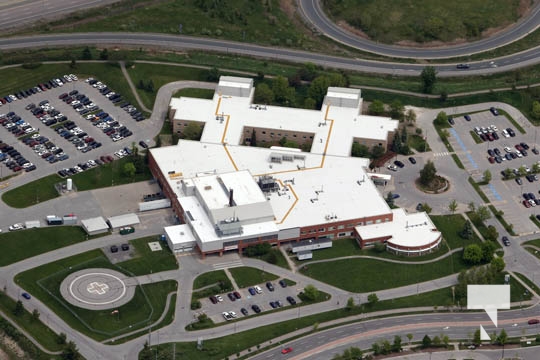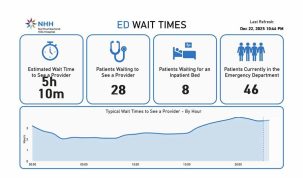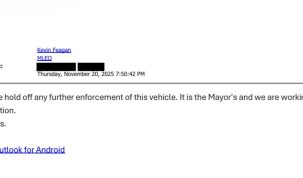Today’s Northumberland reached out to Northumberland Hills Hospital concerning their staffing levels and if they are short in area departments like other hospitals around the province.
President and CEO, Susan Walsh stated, “there is a national shortage of health human resources across the system. NHH is no exception.”
Walsh stated the hospital is at a overall vacancy rate of 5.9%, but wouldn’t say in terms of staffing levels specifically until a follow-up phone interview.
Today’s Northumberland spoke with Walsh on August 10, 2022 and below were her responses.
TN: With the 5.9% what in terms of that is staffing as in how many specifically?
“SW: I think one of the things we emailed you is the response to the 5.9%. I can tell you that our overall vacancy rate, the rate is higher in some of our critical care areas and select others where specialized skills are required such as our lab. I can tell you that some of our areas that were the highest the vacancy rate can be as high as 20%. So I think it’s important to note that sometimes numbers themselves don’t mean anything, it’s really the percentages, especially if you have a small denominator. That’s why we really stuck with giving you the percentages as opposed to the actual numbers. So for example for us, NHH we have approximately 774 staff so that 5.9% is approximately 50 staff.
TN: Are they mainly front line – are they mainly dealing with the patients?
SW: No, that’s the overall vacancy, so that could be pharmacists, that could be house keeping, it could be management. That’s our overall vacancy rate at the hospital.
(All part time staff are not including in the number)
TN: Are you pulling from other departments to keep other departments open?
SW: I would say in hospital operations generally, we always make decisions daily around staffing and how to best manage care delivery with the resources we have. Staff do move within and among departments. It is absolutely a reality. We’ve been doing that for years. However, right now I would say that with some of the shortages it is something that we deal with on a daily basis based on the needs. And our overall volumes of the hospital, our ED (emergency department) are up, our surgeries are up. We’ve really seeing an increase in volume so that has added additional pressure.
TN: Is that RN’s? (Registered Nurses)
SW: No, as I said, we do actually make changes in all of our departments. So if I have a housekeeper and I was supposed to work in dialysis today, but the person in chemotherapy is sick, I may be asked to work in chemotherapy. So we do make decisions based on the skills that are required and as I mentioned in our critical care areas, we do have the most consistent challenges there as consistent with the rest of the province.
TN: And that’s because of being short staffed?
SW: The whole province is. If you look at the data, you will see our overall vacancy rate was 5.9%. The provincial overall vacancy rate is 8% and that was added at the end of the last fiscal year. If you look at the critical care areas, again those are higher than the overall rate. So this is a systemic issue and like other hospitals we are dealing with it the same way. I’d like to say I’m really grateful to our staff and our community for supporting us during this difficult time.
TN: Is the hospital pulling registered nurses from other areas to keep the emergency room open?
SW: I think I answered that question already, because I said we do. There is a very specific skill set in ED (Emergency Department). So it isn’t the kind of area where you can just pull anybody to it. You have to have the skill set. And so not every register nurse has that skills set. So we’re very select about who comes to the Emergency Department to support that area.























